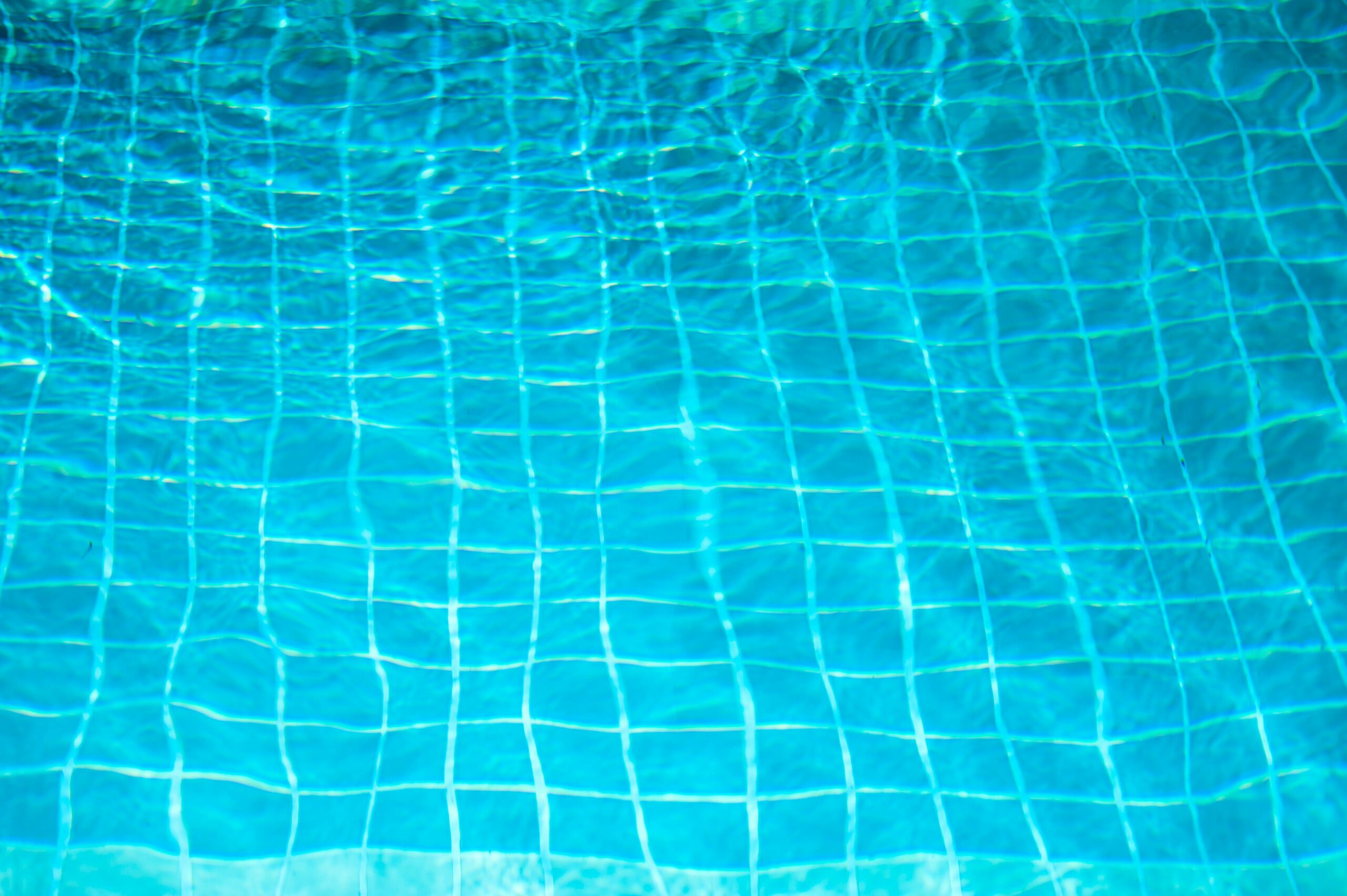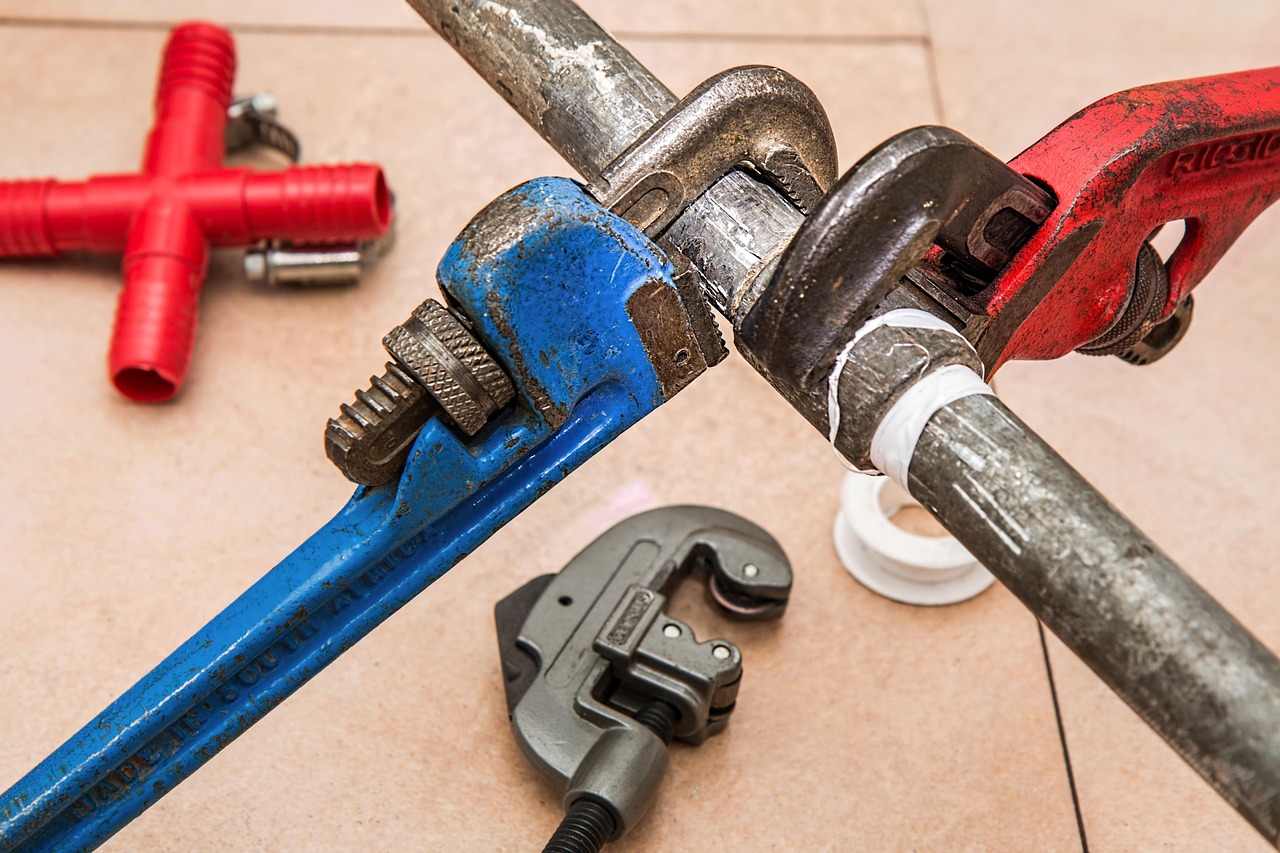Pool ownership comes with many joys, but also significant energy costs that can impact both your wallet and the environment. One of the biggest culprits behind high pool-related energy bills is inefficient pumping systems. Traditional single-speed pumps consume excessive electricity, often making up the second largest energy expense in pool-owning households after heating and cooling. Fortunately, modern variable-speed pool pumps offer a solution that can dramatically reduce pool energy consumption while maintaining pristine water quality. This article explores how switching to energy-efficient pool pumps can benefit your budget and minimize your environmental impact.
Understanding Pool Pump Energy Consumption
Your pool pump is essentially the heart of your pool’s circulatory system, responsible for moving water through the filtration system to keep it clean and chemically balanced. Traditional single-speed pumps operate at full power whenever they’re running, regardless of whether that level of power is actually needed. This inefficiency makes them energy hogs, typically consuming between 1,000 and 2,500 watts of electricity during operation. When run for the recommended 8-10 hours daily, these pumps can account for up to 20% of a household’s total energy usage, creating a substantial carbon footprint along with inflated utility bills.
The fundamental problem with single-speed pumps is their inability to adjust to different operational needs. They’re designed to provide enough power for the most demanding tasks, like vacuuming or running water features, but this means they’re vastly overpowered for basic filtration. The eco-friendly pool equipment alternative—variable-speed pumps—addresses this inefficiency head-on by allowing users to program different speeds for different functions.
The Variable-Speed Advantage
Variable-speed pool pumps represent the best pool pump for energy efficiency available on today’s market. These sophisticated units utilize permanent magnet motors (similar to those found in electric cars) and advanced controls that allow them to operate at precisely the speed required for each specific pool function. When performing basic circulation and filtration—which accounts for most of a pump’s operating time—they can run at much lower speeds, dramatically reducing electricity consumption.
The energy efficient pool pump benefits extend beyond simple power reduction. Due to the laws of physics, reducing a pump’s speed by half actually reduces its energy consumption by up to 87%. This is because power consumption is related to the cube of the motor’s speed. In practical terms, a variable-speed pump running at half the RPM of a single-speed model might use just 1/8th of the electricity. This exponential relationship between speed and energy usage is what makes variable-speed pumps so remarkably efficient.
Real-World Savings and ROI
The variable speed pool pump savings are substantial and measurable. According to the U.S. Department of Energy, homeowners who switch from traditional to variable-speed models can reduce pool energy consumption by up to 83%, translating to annual savings between $300 and $1,500 depending on local electricity rates, pool size, and usage patterns. While the upfront cost of these energy-efficient models is higher—typically between $800 and $1,500 plus installation—the return on investment often occurs within two years.
Many utility companies recognize the environmental benefits of these pumps and offer rebates that can significantly offset the initial investment. Combined with the ongoing energy savings, these incentives make variable-speed pumps an economically sound decision for most pool owners. Finding qualified installers who understand how to properly size and program these sophisticated pumps is essential for maximizing savings, and platforms like AskHomey can connect you with experienced professionals in your area.
Environmental Impact
Beyond the financial advantages, switching to energy-efficient pool equipment substantially reduces your environmental footprint. The average single-speed pump running 12 hours daily can produce approximately 4,500 pounds of carbon dioxide emissions annually—equivalent to the emissions from burning 230 gallons of gasoline. Variable-speed pumps can reduce these emissions by up to 80%, making them a key component of eco-friendly pool management.
Additionally, these advanced pumps operate much more quietly than their single-speed counterparts, reducing noise pollution in your neighborhood. Their ability to run at lower speeds also means less water movement and evaporation, potentially reducing water consumption and chemical usage—further enhancing their environmental benefits.
Making the Switch
Transitioning to a variable-speed pump requires some planning but yields long-term benefits. The ideal time to upgrade is when your current pump requires replacement, though the substantial energy efficient pool pump benefits can justify switching even if your existing pump is still operational. When selecting the best pool pump for energy efficiency for your specific situation, consider factors like pool size, plumbing configuration, and additional features like water features or heating systems.
Proper installation and programming are crucial to maximizing variable speed pool pump savings. The pump should be programmed to run at lower speeds for longer periods rather than at high speeds for short durations. This approach not only saves energy but also improves filtration quality by allowing more water to pass through the filter at a rate that enhances particle removal.
For more tips and to connect with reliable home service professionals, follow AskHomey on Facebook and Instagram.



